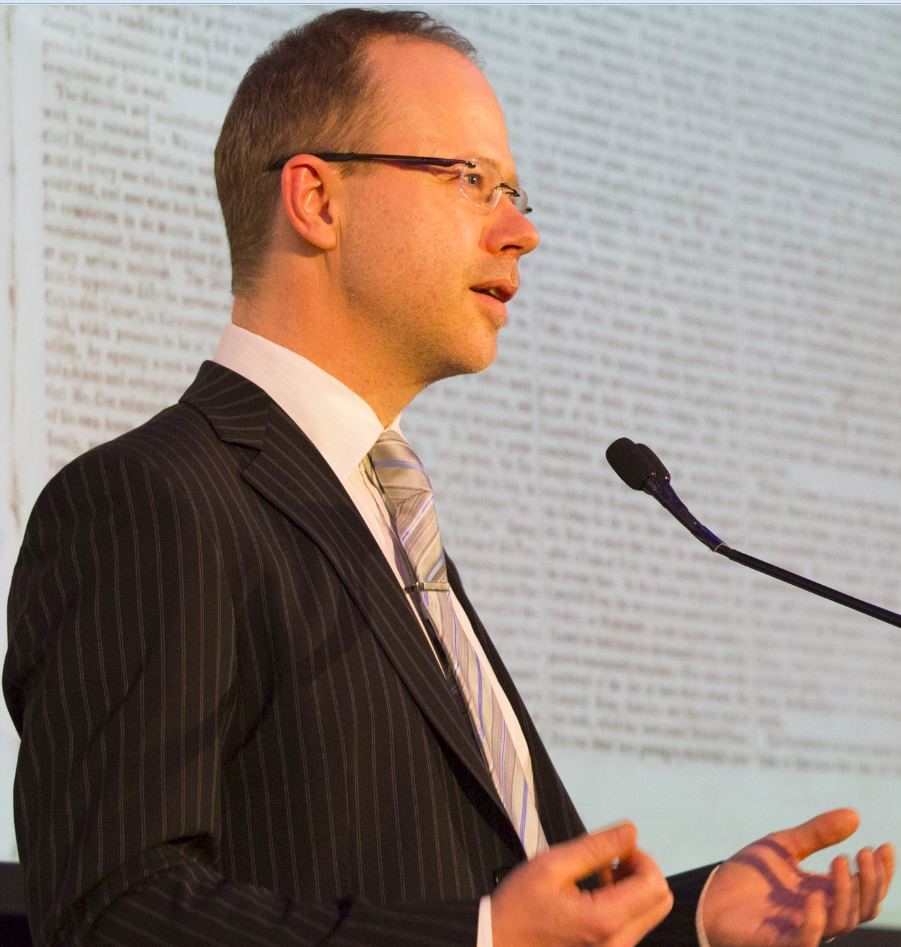The Archives
-
Cultural Studies, Historical Studies, Humanities, Museum Studies
Exploration and Endeavour
08.02.11 | Permalink | Comments Off on Exploration and EndeavourExploration & Endeavour: The Royal Society of London and the South Seas celebrates the society’s 350th anniversary by bringing together a selection of iconic objects and original documents that highlight the society’s key role in European maritime exploration and discovery in the Pacific. The Royal Society, the world’s oldest scientific academy in continuous existence, was founded on the premise that knowledge should be subject to independent verification—‘freeing oneself from unexamined opinion, particularly through the study of empirical data’, as Andrew Sayers puts it in his introduction to the beautifully produced accompanying book publication. The society’s motto, Nullius in verba (‘Take no-one’s word for it’), attests to this commitment to independence of thought, underpinned by methodologically rigorous inquiry. Fellows of the society include larger-than-life figures who in many cases have revolutionised their field: Isaac Newton, Michael Faraday, Christopher Wren, Charles Darwin, Ernest Rutherford, Albert Einstein, Dorothy Hodgkin, Francis Crick, James Watson, Stephen Hawking and, with particular relevance in the Pacific context, James Cook and Joseph Banks.
-
18th Century, Cultural Studies, Historical Studies, Humanities, Literary Studies, Postcolonial Studies
Fictions of Encounter
25.09.08 | Permalink | Comments Off on Fictions of EncounterThe “imaginary voyage” was an early form of the modern realist novel popular in Britain and France from the seventeenth to the early nineteenth centuries, set predominantly in the region of Australasia and the Pacific. As a branch of travel literature, it was linked intimately to the expansion of empire. Through repeated stories of successful colonizing schemes and heroic accounts of cross-cultural encounters between European travelers and the people of the antipodes, these texts allowed European readers to enjoy farfetched fantasies of colonization well before, and during, the period of actual colonial expansion. As in the case of the many better-known examples of literary fiction produced in the later period of European imperial dominance, imaginary voyage fiction helped embed social acceptance of colonial expansion by modeling cultural domination as natural, beneficial, and welcome.
-
18th Century, Cultural Studies, Historical Studies, Postcolonial Studies
Teaching and Learning Guide: Antipodean Myths Transformed
08.08.08 | Permalink | Comments Off on Teaching and Learning Guide: Antipodean Myths TransformedSample Syllabus:
Week 1: Introduction and Overview—Exploration and Colonisation of the Great South Land
- – The myth of the antipodes—the allure of the great south land
- – Gaps in maps—spaces for the imagination
Weeks 2–4: Fantasies of the Antipodes
- – The role of imaginary voyage texts—blending reality with fantasy, pre-programming colonisation
- – Myths of extreme difference
- – Myths of Indigenous populations’ welcoming attitude to colonial intrusion
- – Theories of otherness
Weeks 3–5: Entering the Antipodes
- – Early explorers’ contradictory responses to Terra Australis Incognita
- – Utopias and dystopias
- – First contact with Indigenous people—the concept of ‘terra nullius’ framed by myths
Weeks 6–8: Images of Contemporary Australia: Enduring Myths
- – The myth of terra nullius and the impact on Indigenous Australia
- – The ‘dead heart’ of Australia as the last unfathomed antipodean space
-
Cultural Studies, Literary Studies, Postcolonial Studies
Antipodean Myths Transformed
25.08.07 | Permalink | Comments Off on Antipodean Myths TransformedAustralia and the South Pacific held a special status in the eighteenth century: this was the farthest region from Europe and the last part of the earth remaining for Europeans to explore and chart. In the context of European nations’ own histories of discovering and exploring the world beyond Europe’s borders, this region is unique in the sense that no other part of the earth had such a substantial and well-documented body of European thought devoted to it over such a long period of time prior to its physical discovery. The ‘antipodes’ existed in the European imagination for approximately two thousand years before Europeans set foot on antipodean lands. Myths inspired explorers to go searching for the genuine antipodes, and voyages were often undertaken with the specific aim of finding the uncharted places that punctuated otherwise formless maps.






